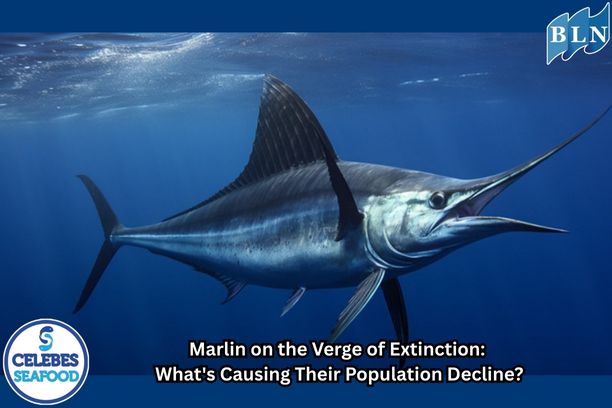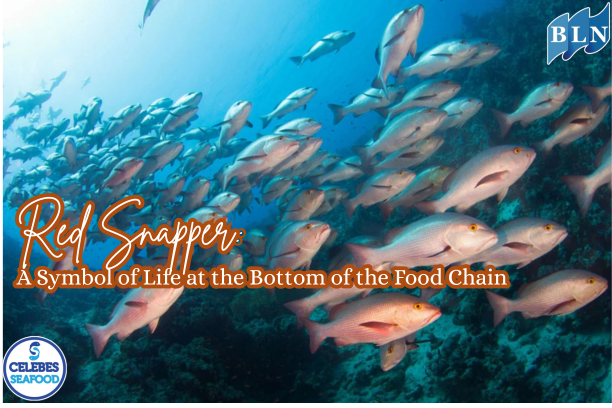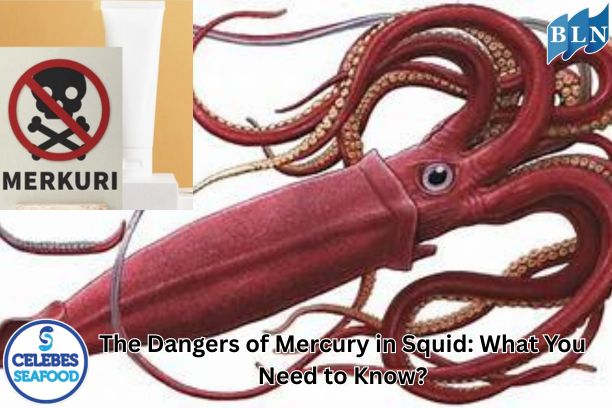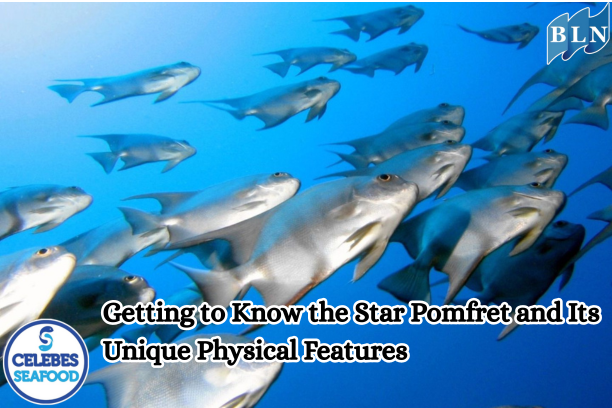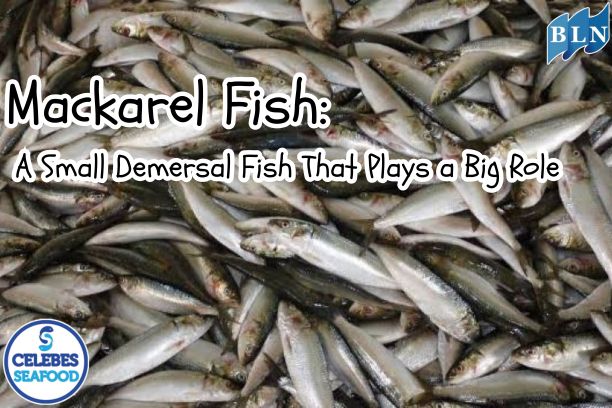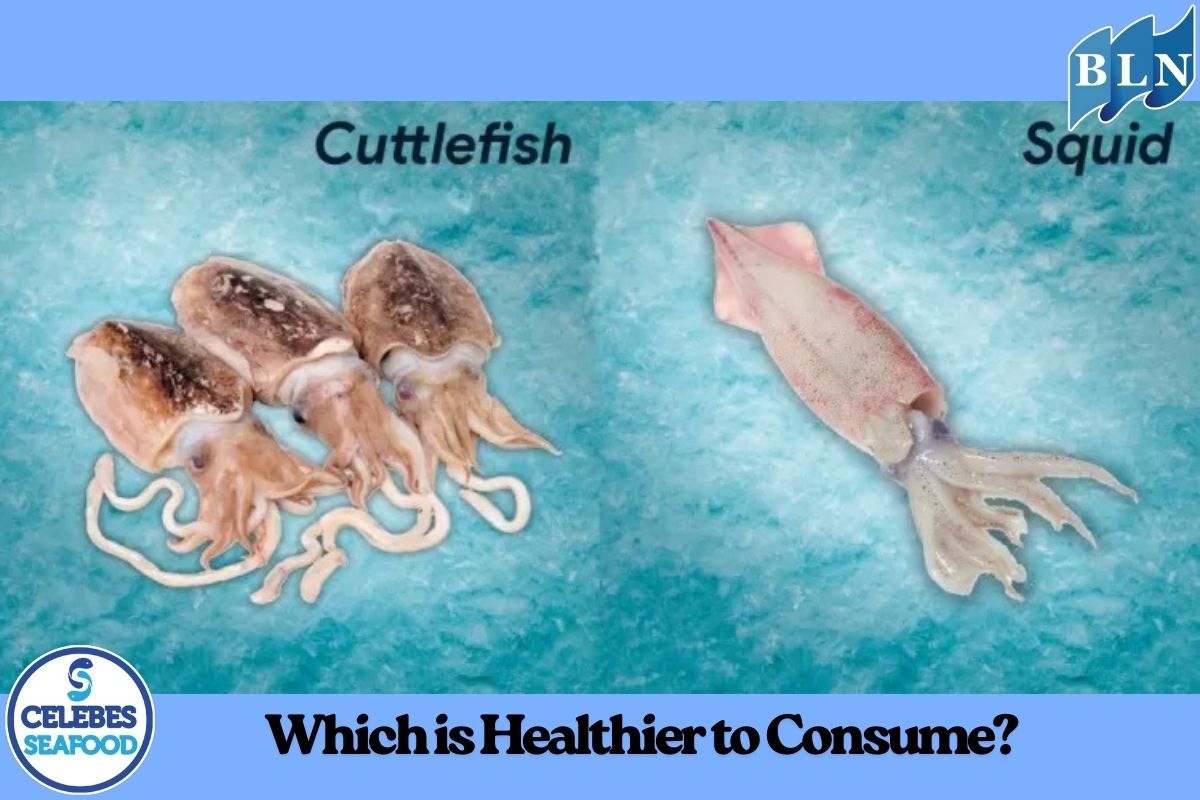Sapusapu Fish (Hypostomus plecostomus): The Tough and Useful Natural Aquarium Cleaner
By. Tri - 24 Jun 2025 The Tough and Useful Natural Aquarium Cleaner.png)
lautnusantara.com_ Maintaining the cleanliness of aquarium water and glass is a common challenge faced by aquarium hobbyists. One natural solution is keeping certain fish species that help clean their environment. Among the most popular is the sapusapu fish, scientifically known as Hypostomus plecostomus. This freshwater fish plays an essential role in aquarium ecosystems—not only as a cleaner but also as an interesting inhabitant to observe.
Origin and Classification
The sapusapu fish originates from tropical freshwater rivers in South America, particularly the Amazon and Orinoco river basins in Brazil, Colombia, and Venezuela. It belongs to the family Loricariidae, commonly known as armored catfish due to the bony plates covering their bodies. The name “plecostomus” comes from Greek—pleco meaning "folded" and stomus meaning "mouth," referencing its distinctive suction-cup-shaped mouth.
Physical Characteristics
Sapusapu fish have elongated, flat bodies covered with hard, armor-like plates for protection. Their coloration is typically dark brown or gray, with spots that help them blend into the riverbed or aquarium bottom.
Their most notable feature is their suction-cup-like mouth, allowing them to attach firmly to surfaces such as glass, rocks, or driftwood—even in strong currents. This mouth also helps them scrape algae off surfaces as they feed.
In size, sapusapu fish can grow quite large—reaching up to 30–45 cm (12–18 inches) in ideal conditions. In smaller aquariums, their growth may be slower or more limited.
Behavior and Lifestyle
Sapusapu are nocturnal fish, meaning they are most active during the night. During the day, they usually hide behind rocks, driftwood, or inside caves. They are peaceful and generally non-aggressive, making them compatible with most community fish, provided tank size and conditions are appropriate.
They are bottom dwellers and rarely swim in the midwater column. Interestingly, they can breathe air directly from the surface when oxygen levels are low, a trait that helps them survive in harsh conditions.
Diet and Feeding Habits
As herbivores and detritivores, sapusapu feed primarily on algae, biofilm, and leftover organic matter. In aquariums, they are especially useful for controlling algae growth on tank walls and decorations.
However, algae alone may not meet their full nutritional needs, so additional food is necessary:
-
Algae wafers or sinking tablets
-
Boiled vegetables like cucumber, zucchini, spinach, or lettuce
-
Herbivore-specific pellets for bottom feeders
Providing supplemental food ensures they stay healthy and do not nibble on live plants or the slime coat of other fish.
Benefits in Aquariums
Sapusapu fish are often kept for their practical ecological benefits:
-
Algae control: They naturally scrape algae from glass and surfaces.
-
Waste cleanup: They help consume leftover food at the bottom of the tank.
-
Ecosystem balance: By consuming organic debris, they improve water quality.
Due to their size and space requirements, they are best suited for medium to large tanks (100 liters or more).
Care and Maintenance Tips
To keep sapusapu fish healthy and thriving (they can live over 10 years), consider these care guidelines:
-
Tank size: Provide adequate room for swimming and growth.
-
Decorations: Include driftwood, rocks, or hiding places like caves.
-
Water temperature: Keep between 24–30°C (75–86°F), with a neutral to slightly alkaline pH.
-
Filtration and oxygen: Ensure clean, well-oxygenated water.
-
Tank mates: Avoid mixing with large aggressive predators or very small fish that may be disturbed.
Additional Notes
While sapusapu are hardy and adaptable, some people release them into local rivers or lakes when they outgrow their tanks. This is strongly discouraged, as they can become invasive species that disrupt native ecosystems.
The sapusapu fish (Hypostomus plecostomus) is a fascinating and functional choice for aquarium hobbyists. It not only keeps tanks clean by eating algae and waste, but also adds a unique visual element with its armored body and suction mouth.
With the right environment and care, sapusapu fish can live long, healthy lives and play a valuable role in maintaining a balanced and attractive aquarium.
If you are interested in our Coral Trout Fillet Skin On, CORAL TROUT WGG WHOLE GILLED GUTTED, TOMATO COD WHOLE GILLED GUTTED please do not hesitate to contact us through email and/or whatsapp.


